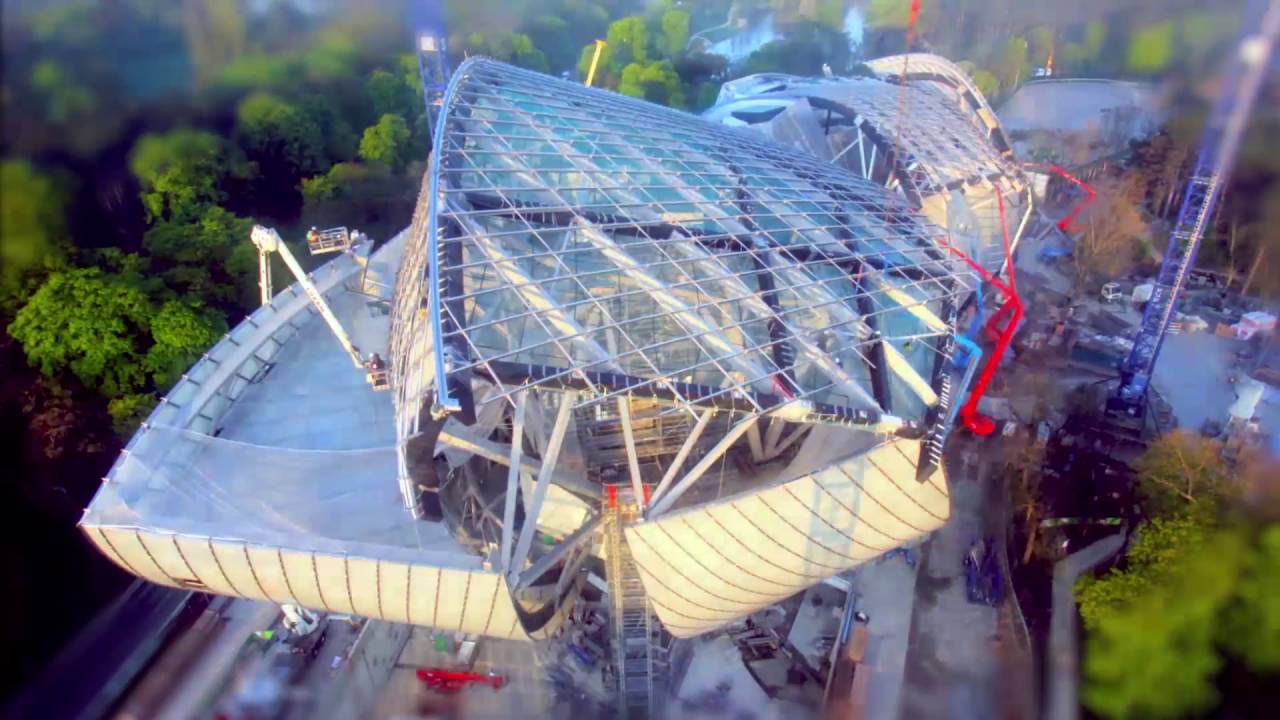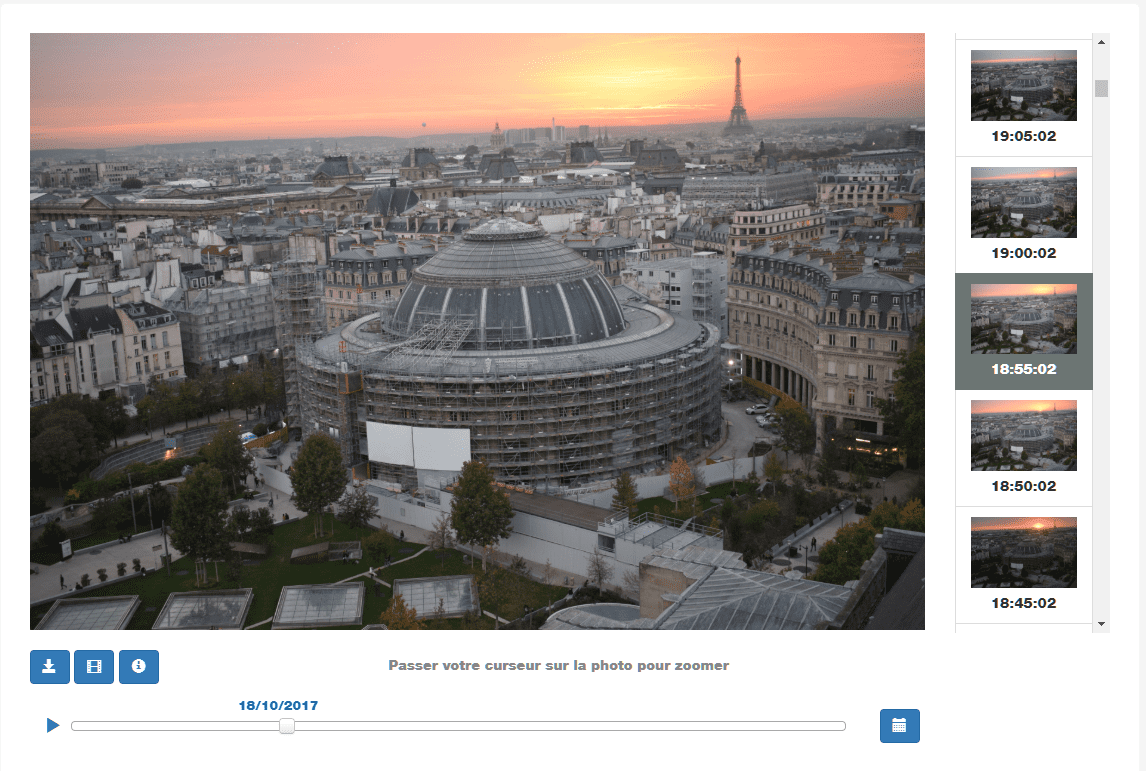Téléphone : +33 (0) 9 72 44 11 73
Adresse :
3 Rue Nationale, 92100 Boulogne-Billancourt
Heures d'ouvertures :
Lundi au Vendredi : 9h - 17h
Téléphone : +33 (0) 9 72 44 11 73
Adresse :
3 Rue Nationale, 92100 Boulogne-Billancourt
Heures d'ouvertures :
Lundi au Vendredi : 9h - 17h
The history of timelapse is associated of photography and cinema. Here are the milestones in the history of this photographic technique, which was born by mistake!
Pyramide de Gizeh

DAGUERRÉOTYPE

CHRONOPHOTOGRAPHIE

CHRONOPHOTOGRAPHIE

ANCESTOR OF TIME LAPSE

FIRST TIMELAPSE

FIRST KNOWN TIMELAPSE FILM

SCIENTIFIC TIMELAPSE

OUR FIRST TIMELAPSES

TIMELAPSE GO’ CREATION

TIMELAPSE AND SITE MONITORING

New milestone reached

Pyramide de Guizeh
When Khéops built the Great Pyramid of Giza, chronophotography had not yet been invented… so no timelapse! That’s probably why we’re still wondering about the construction technique.

DAGUERRÉOTYPE
Daguerre invents the daguerreotype, an improvement on Niépce’s invention and the first real camera.

CHRONOPHOTOGRAPHIE
A Frenchman and an Englishman invent chronophotography almost simultaneously. The succession of cameras set up by Eadweard Muybridge enabled him to finally prove that the horse’s gallop was a highly complex 5-beat gait.

CHRONOPHOTOGRAPHIE
He used Etienne-Jules Marey’s camera to capture the flight of ducks and decompose their wing movements.
Although they studied the decomposition of movement, neither Marey nor Muybridge had the idea of scrolling images to recompose movement.

ANCÊTRE DU TIME LAPSE
An amateur photographer, Théophile Féau, set up his camera on a tower of the Palais de Chaillot to photograph the construction of the Eiffel Tower at regular monthly intervals. The little notebooks that you scroll under your fingers to watch the tower grow are the direct ancestor of timelapse.

FIRST TIMELAPSE
The Lumière brothers, inventors of the cinematograph, send an operator to film a bullfight. For fear of running out of film and missing the end, he decided to shoot only 9 images per second instead of 16 (as was the case in silent cinema) to gain more autonomy. Later, during the screening, he said that the passes had seemed much slower… Françis Doublier had just made a mistake that was the first involuntary attempt at accelerated time.

FIRST KNOWN TIMELAPSE FILM
Demolishing and Building Up the Star Theatre is the first known timelapse film, made by a certain Frederick Armitage in New York. The film traces the demolition of a theater over 1 minute 46 seconds. When the film was shown, it was rewound so that viewers could see the theater being rebuilt.

SCIENTIFIC TIMELAPSE
Timelapse is proving extremely useful for science, whether for breaking down the movements of animals or accelerating very slow phenomena such as plant growth or the course of stars.

OUR FIRST TIMELAPSES
Gaël Pollès and Jean-Paul O’Meny create their first high-end timelapse for the Fondation Louis Vuitton pour l’Art contemporain.

TIMELAPSE GO’ CREATION
Creation of TimeLapse Go’, by Gaël Pollès, TV journalist and director, and Jean-Paul O’Meny, corporate producer.

TIMELAPSE AND SITE MONITORING
TimeLapse Go’ invents and markets timelapse and 360° site tracking.

New milestone reached
TimeLapse Go’ has already produced over 1,000 timelapses for satisfied customers!
More than 500 are in the pipeline!


